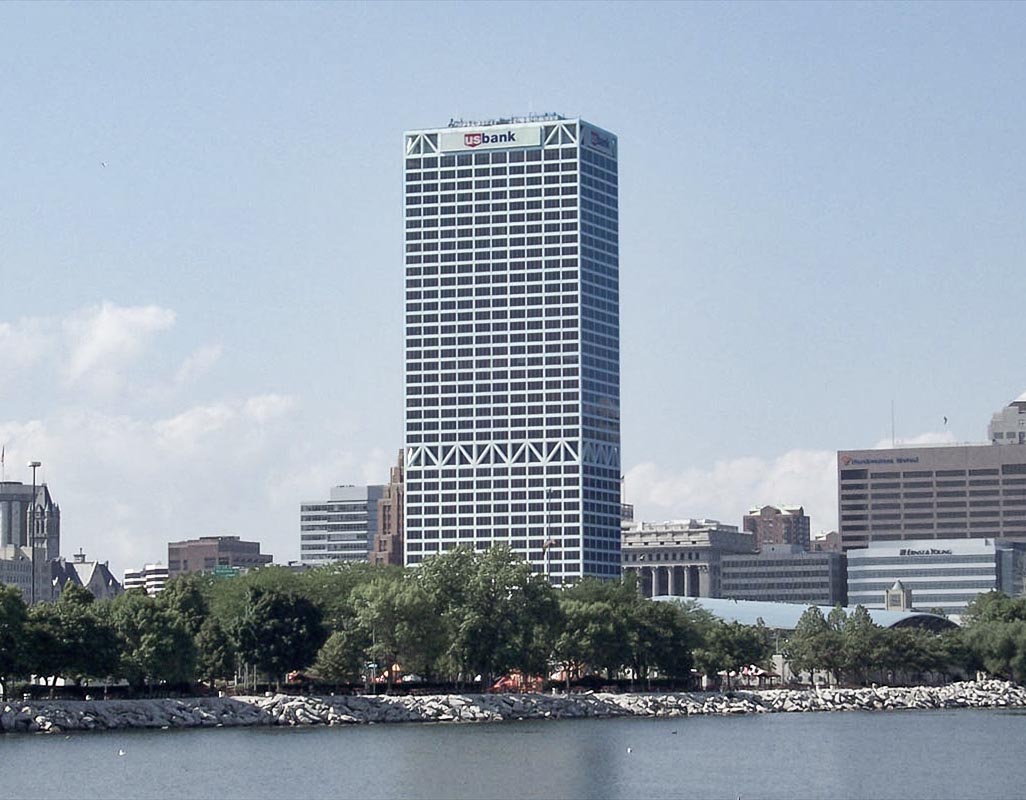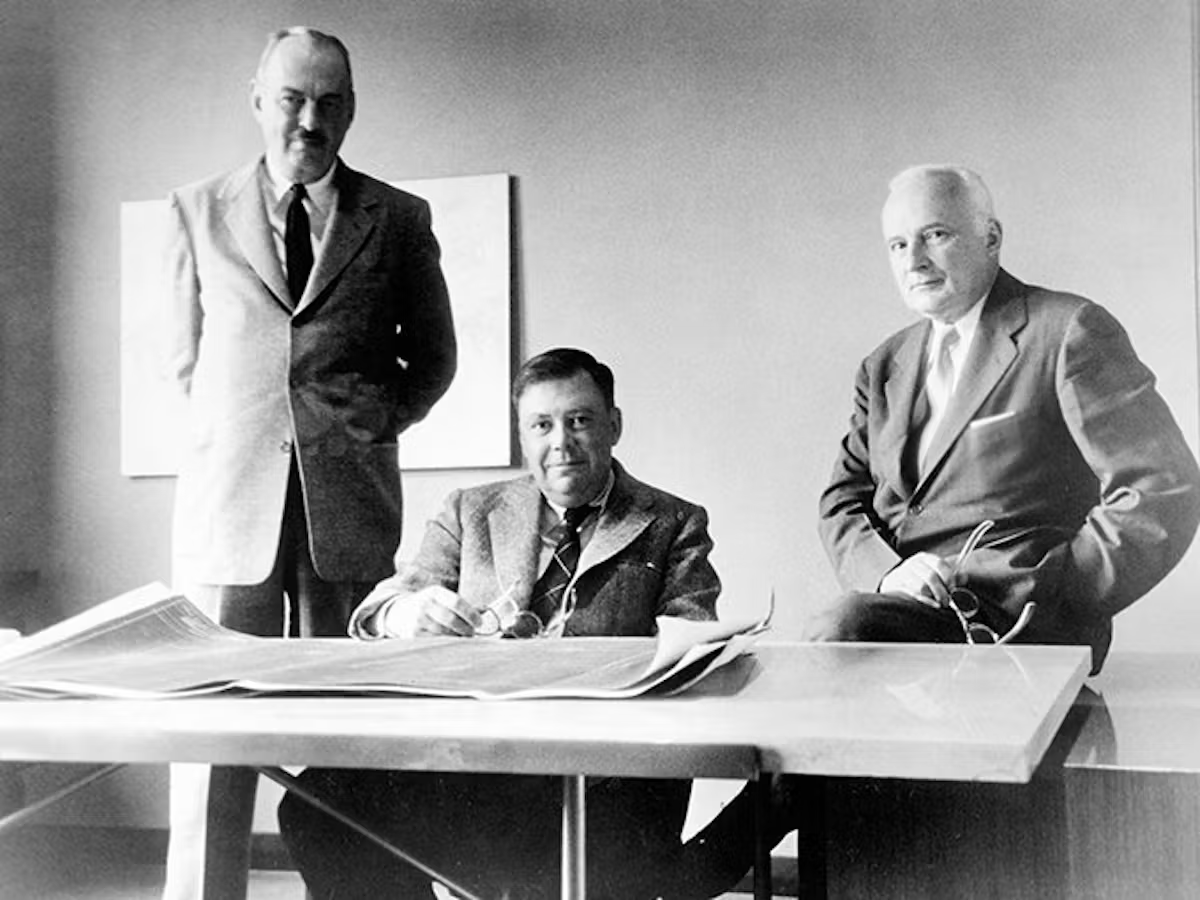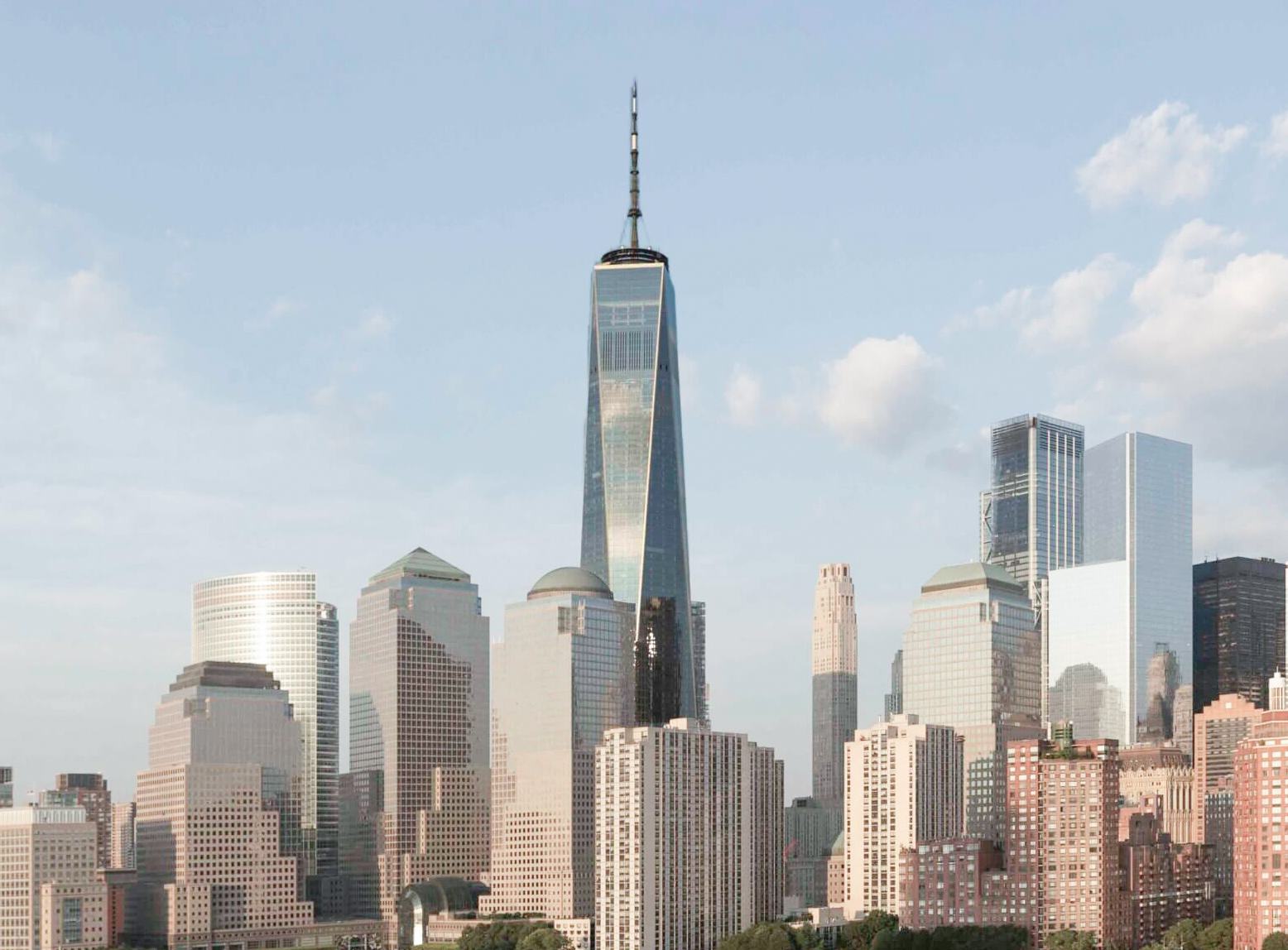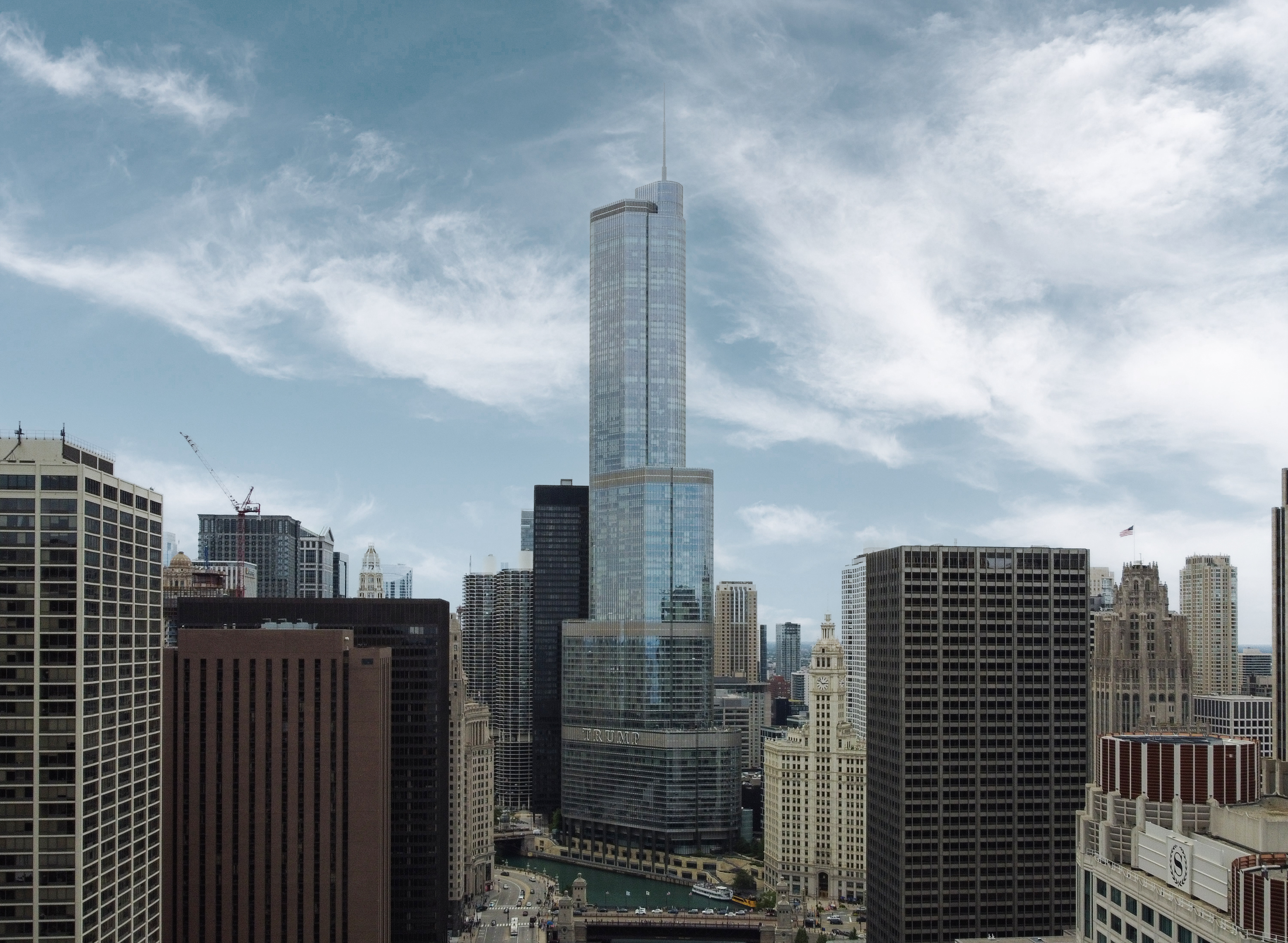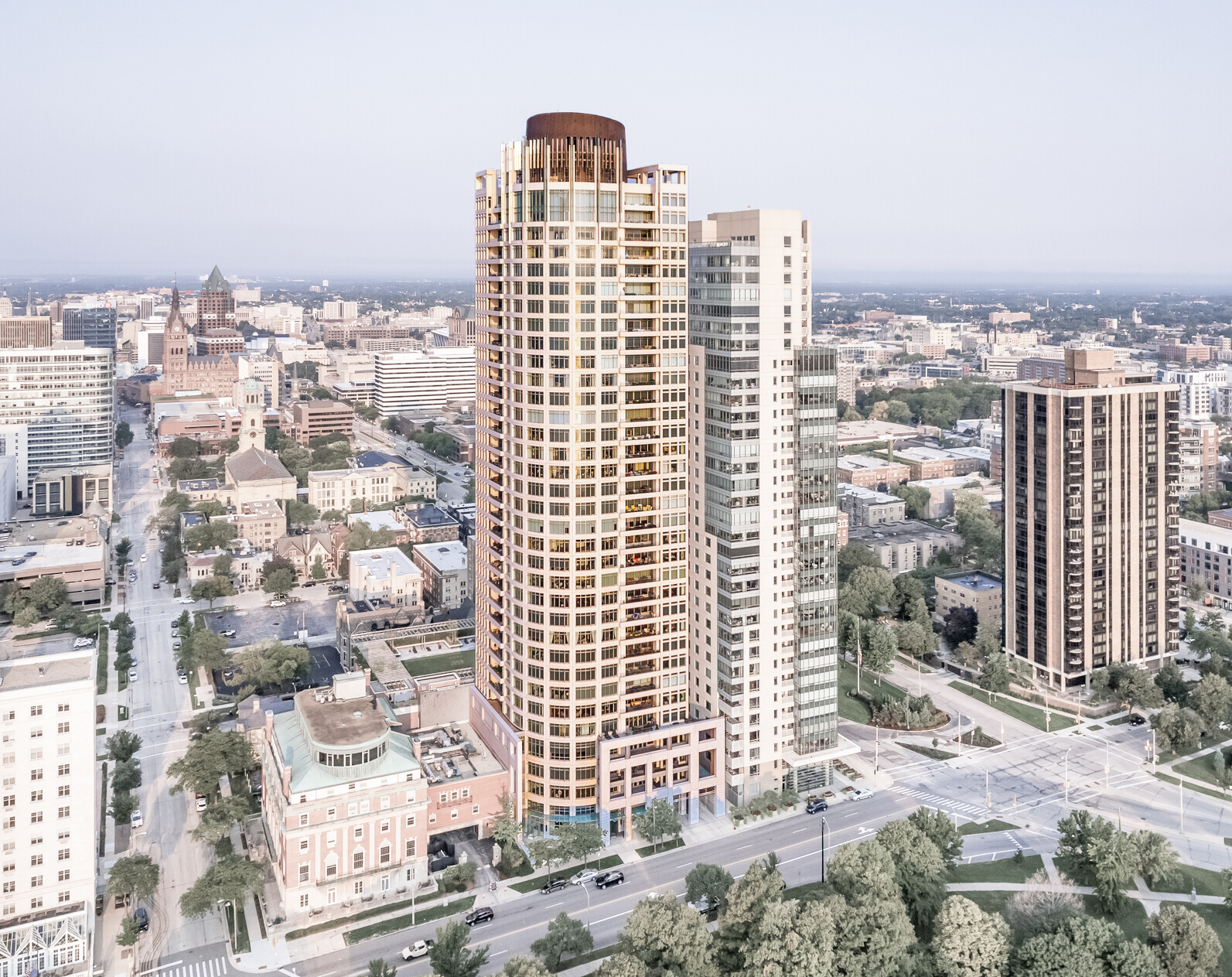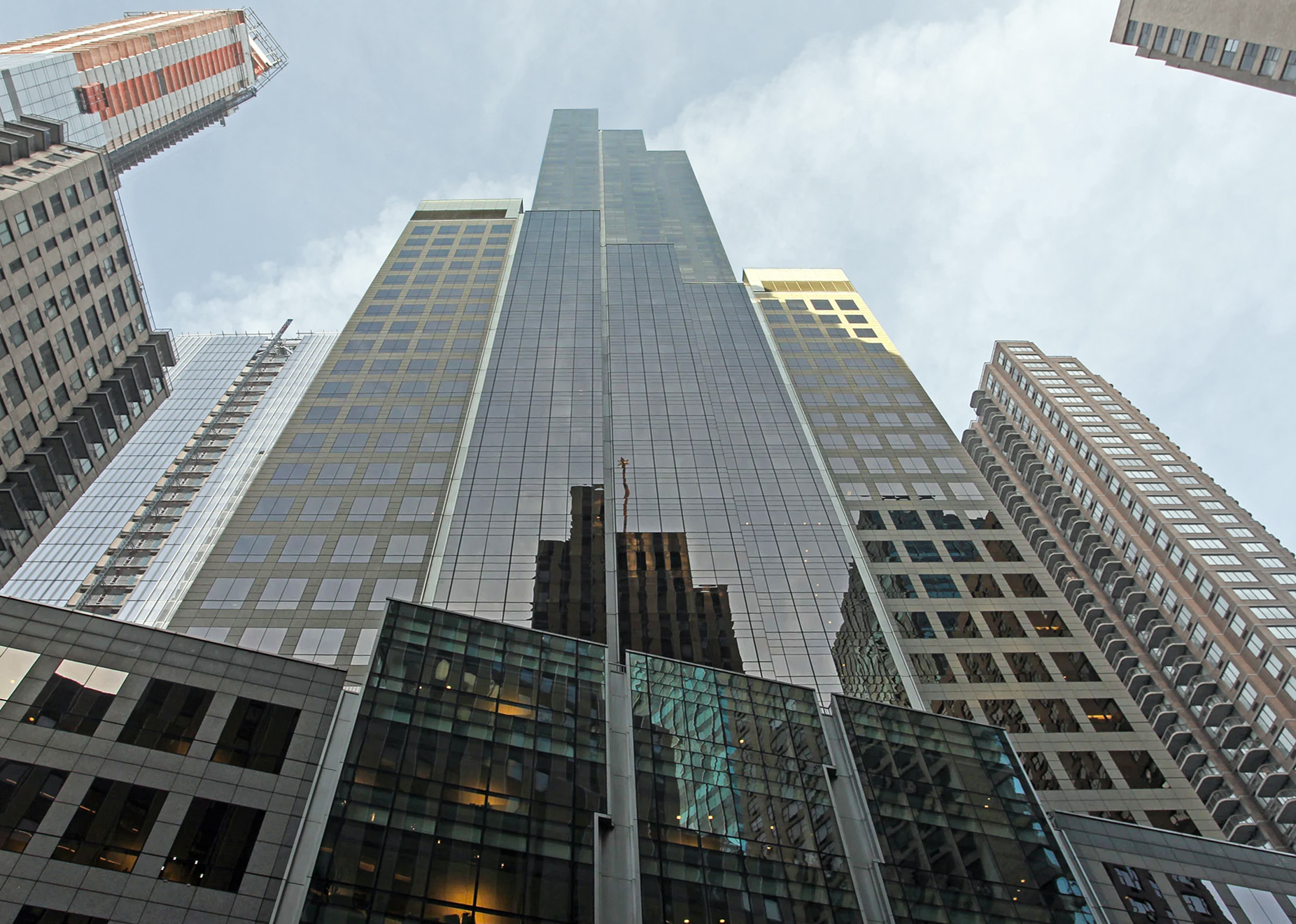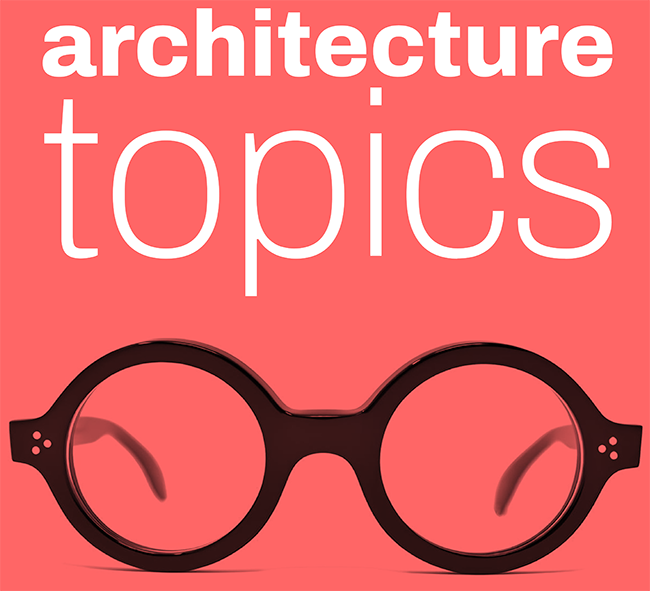The U.S. Bank Center is an International Style skyscraper designed between 1969 and 1971 by Skidmore, Owings & Merrill, with Bruce Graham as lead architect, in association with Fitzhugh Scott Architects, and built between 1971 and 1973, for a reported $50.0 million dollars, in Milwaukee, WI.
U.S. Bank Center is not the only name you might know this building by though. It is common for companies to want to attach their names to iconic buildings when they move in, or for the general public to come up with nicknames, and this one is no exception. The building has changed names several times over the years, and is also known as:
- First Wisconsin Center between 1973 and 1992.
- Firstar Center between 1992 and 2002.
- U.S. Bank Center from 2002 until this day.
Its precise street address is 777 East Wisconsin Avenue, Milwaukee, WI. You can also find it on the map here.
In 1974 the U.S. Bank Center was awarded with the Distinguished Building Award.
At the time of its inauguration, the building had an observation deck on the 41st floor that visitors could access. In 1991, the deck was closed at the request of the law firm that leases the top floors, since, lacking independent access, one had to pass through their offices to reach it. In 2011, the deck reopened for some events but was closed again soon after.
